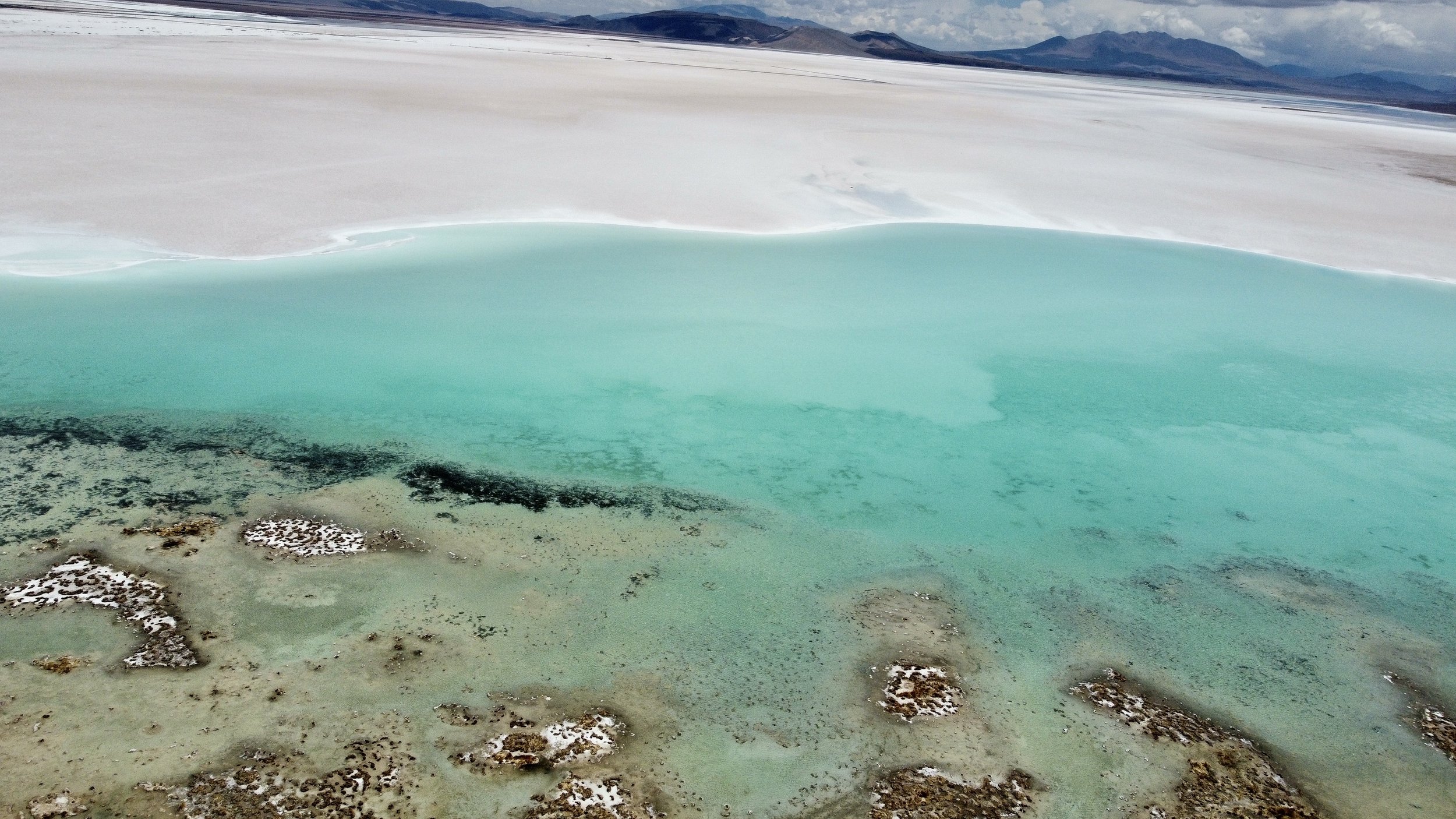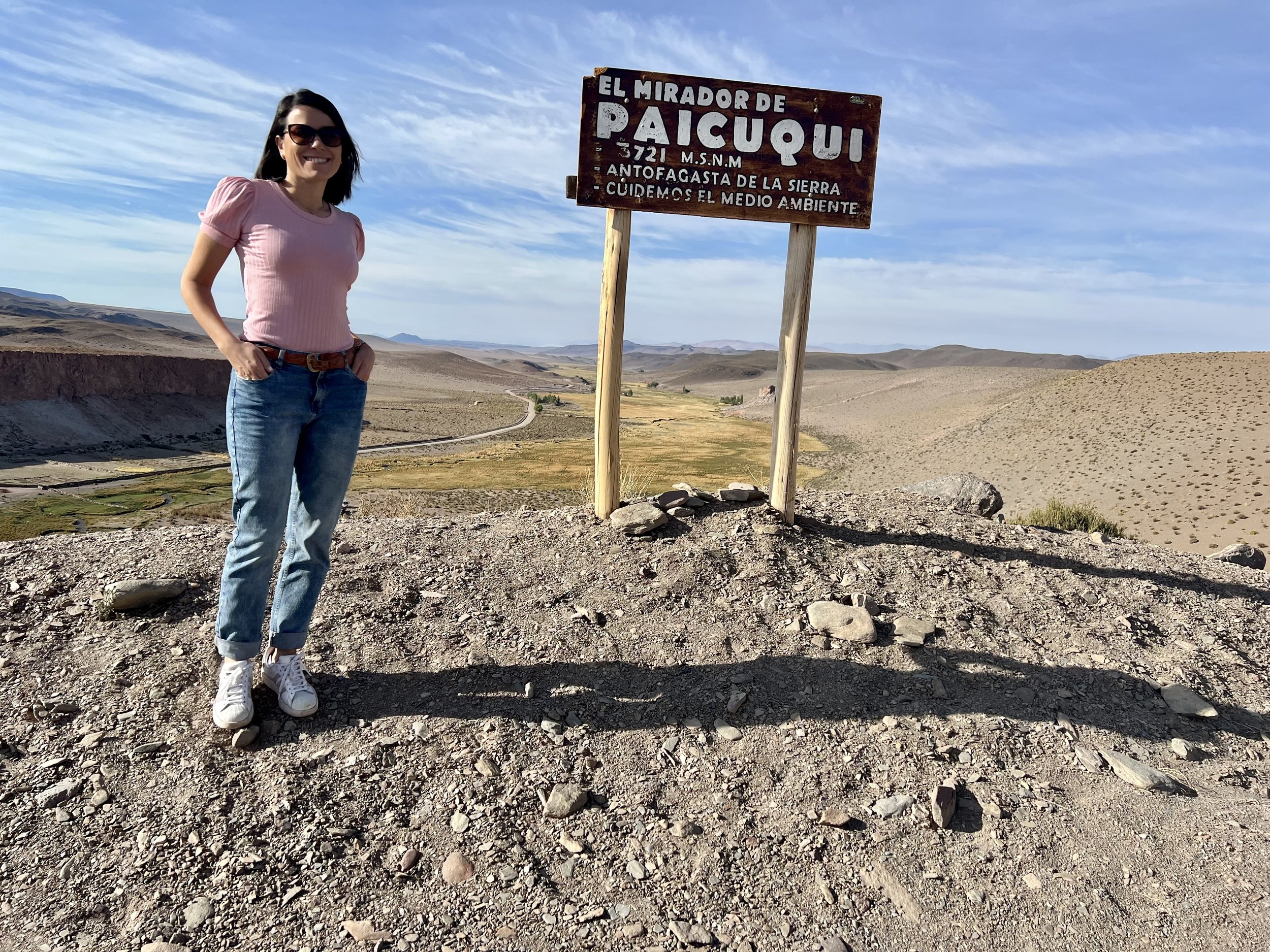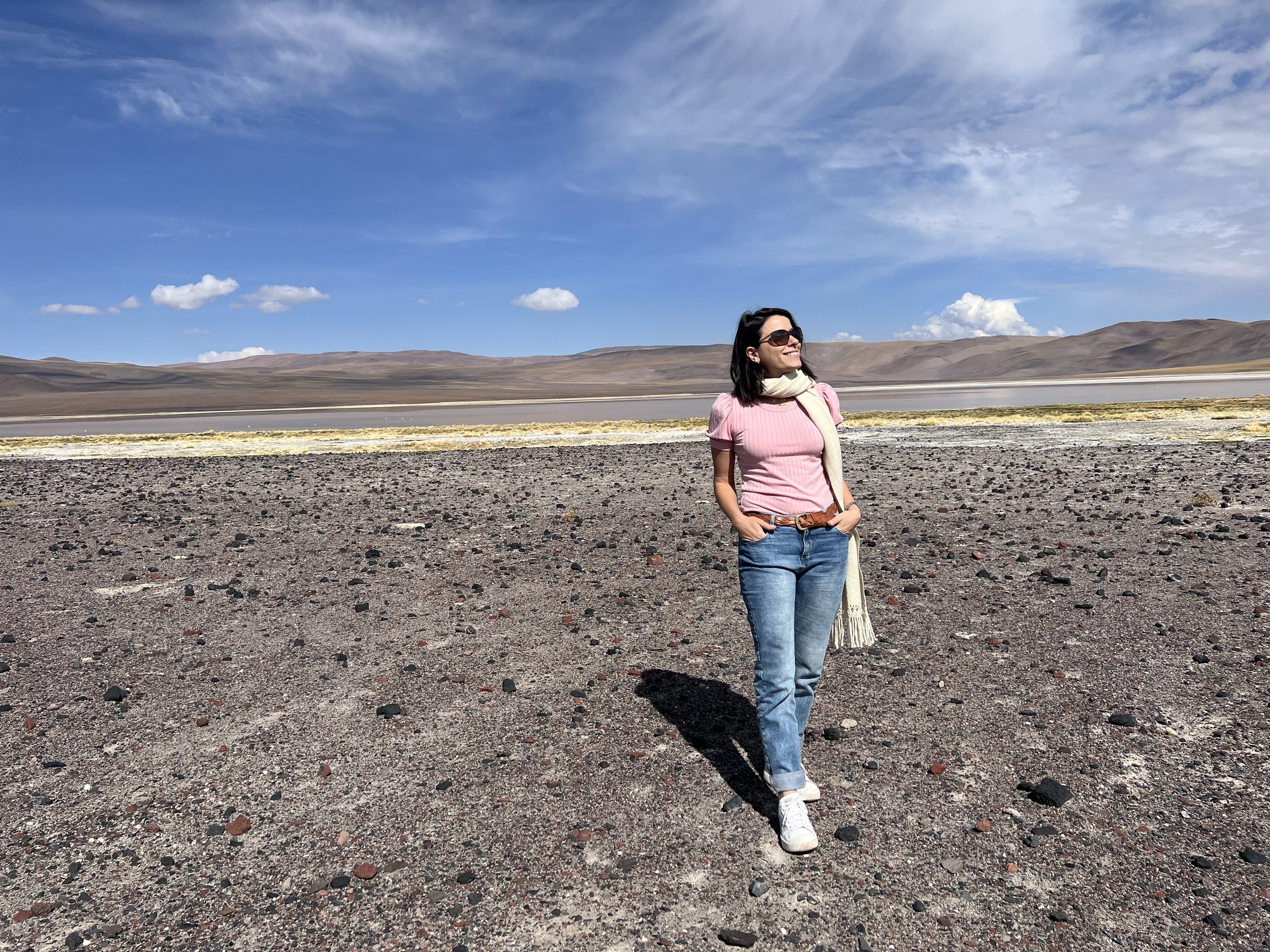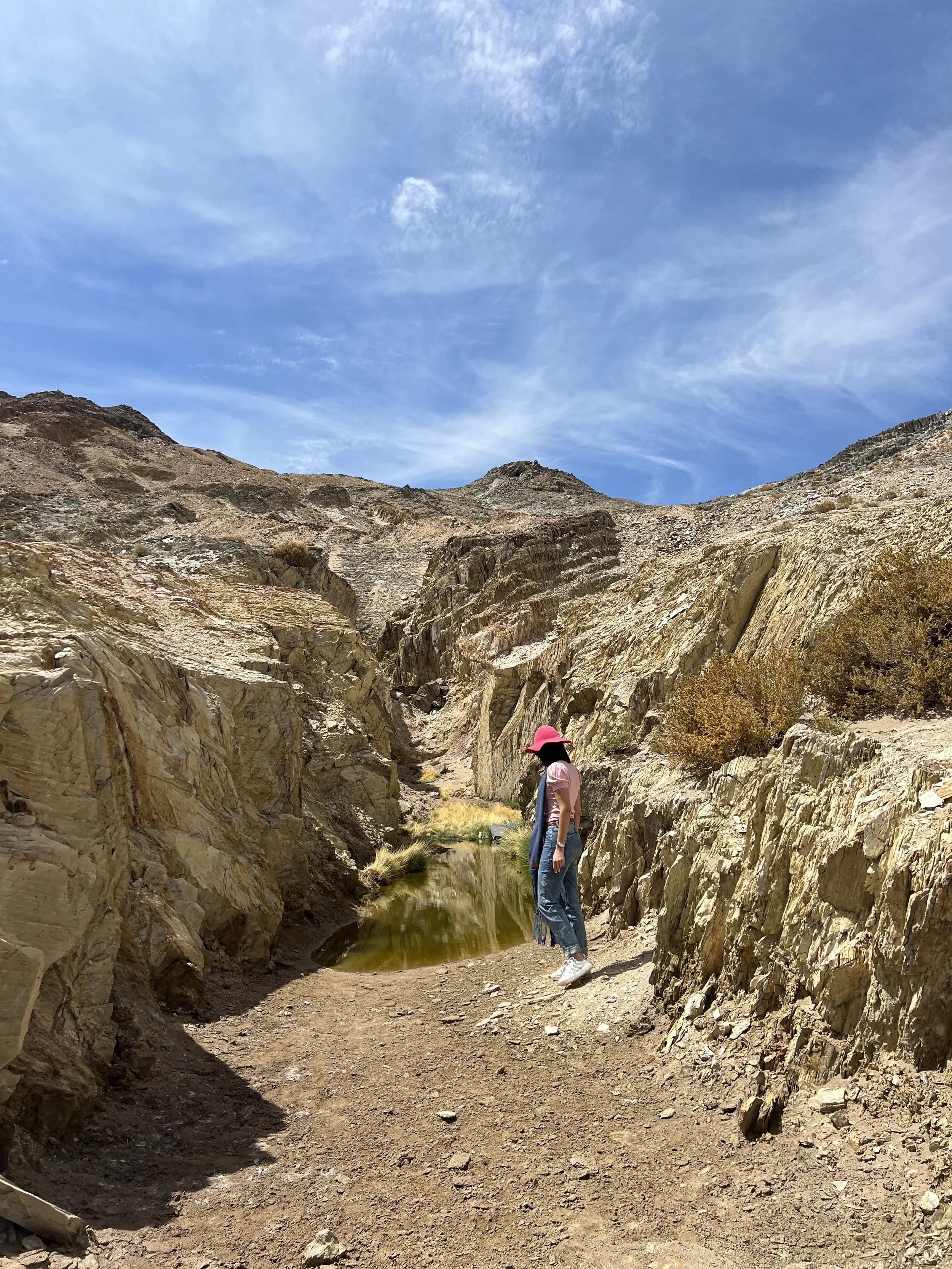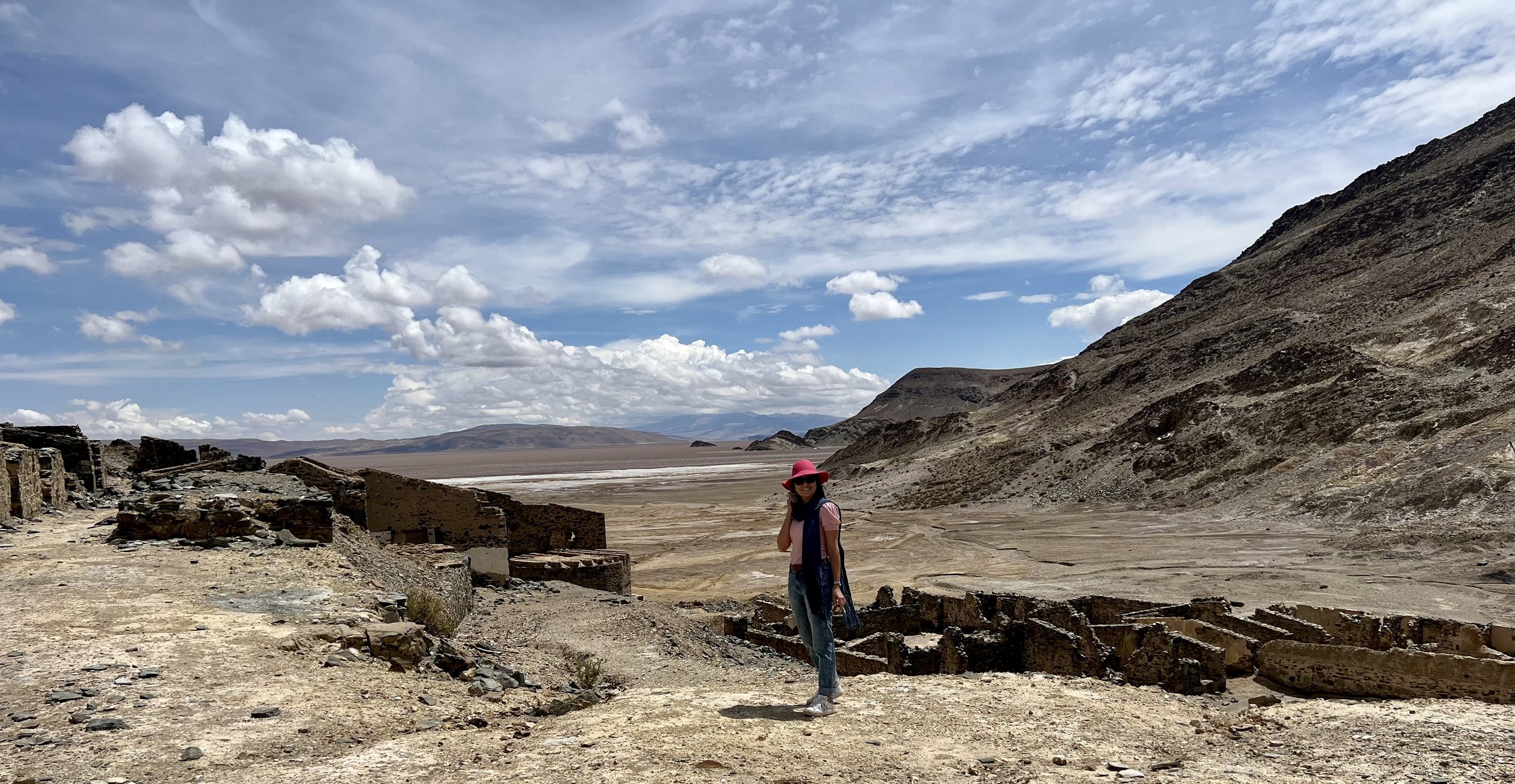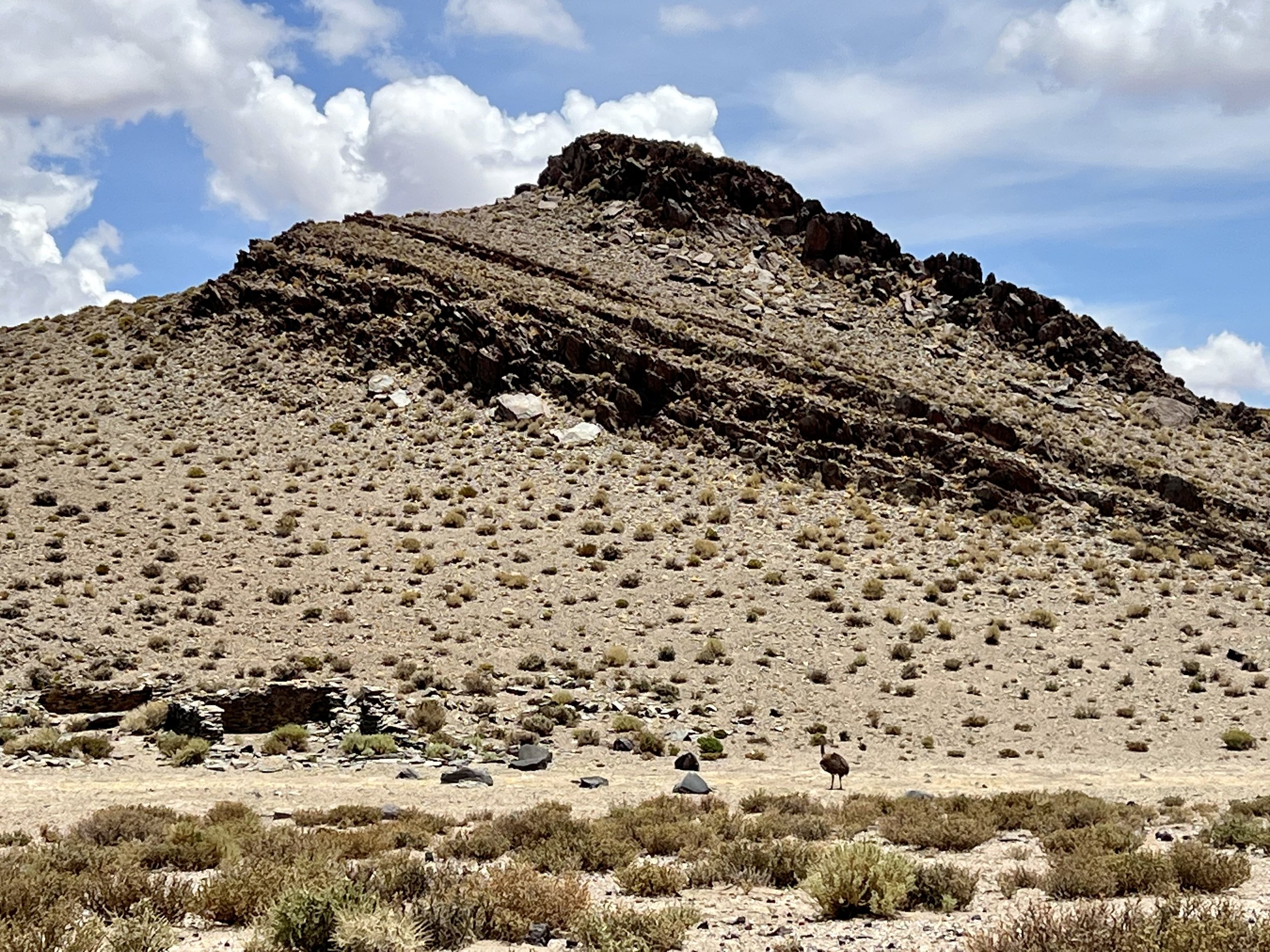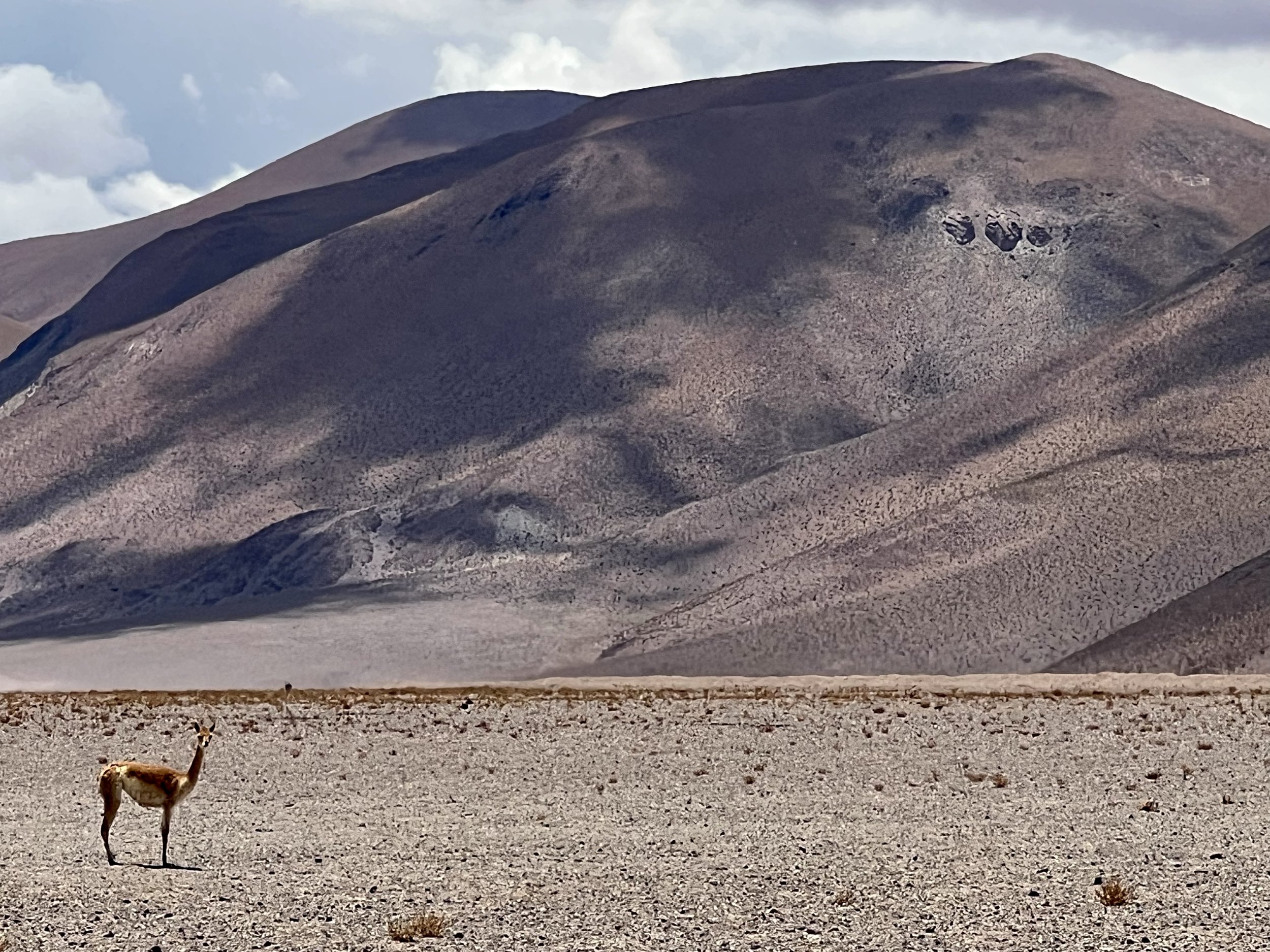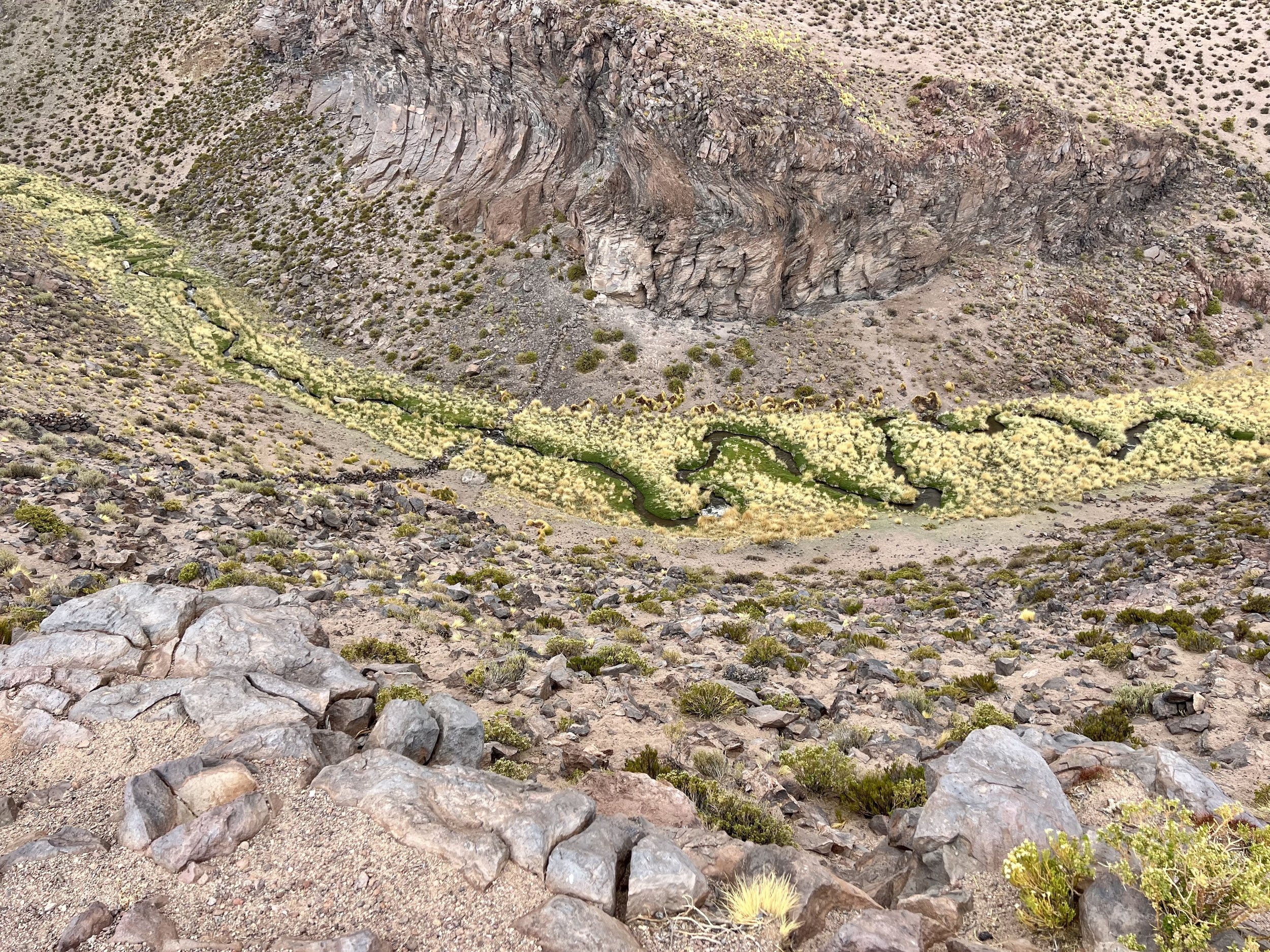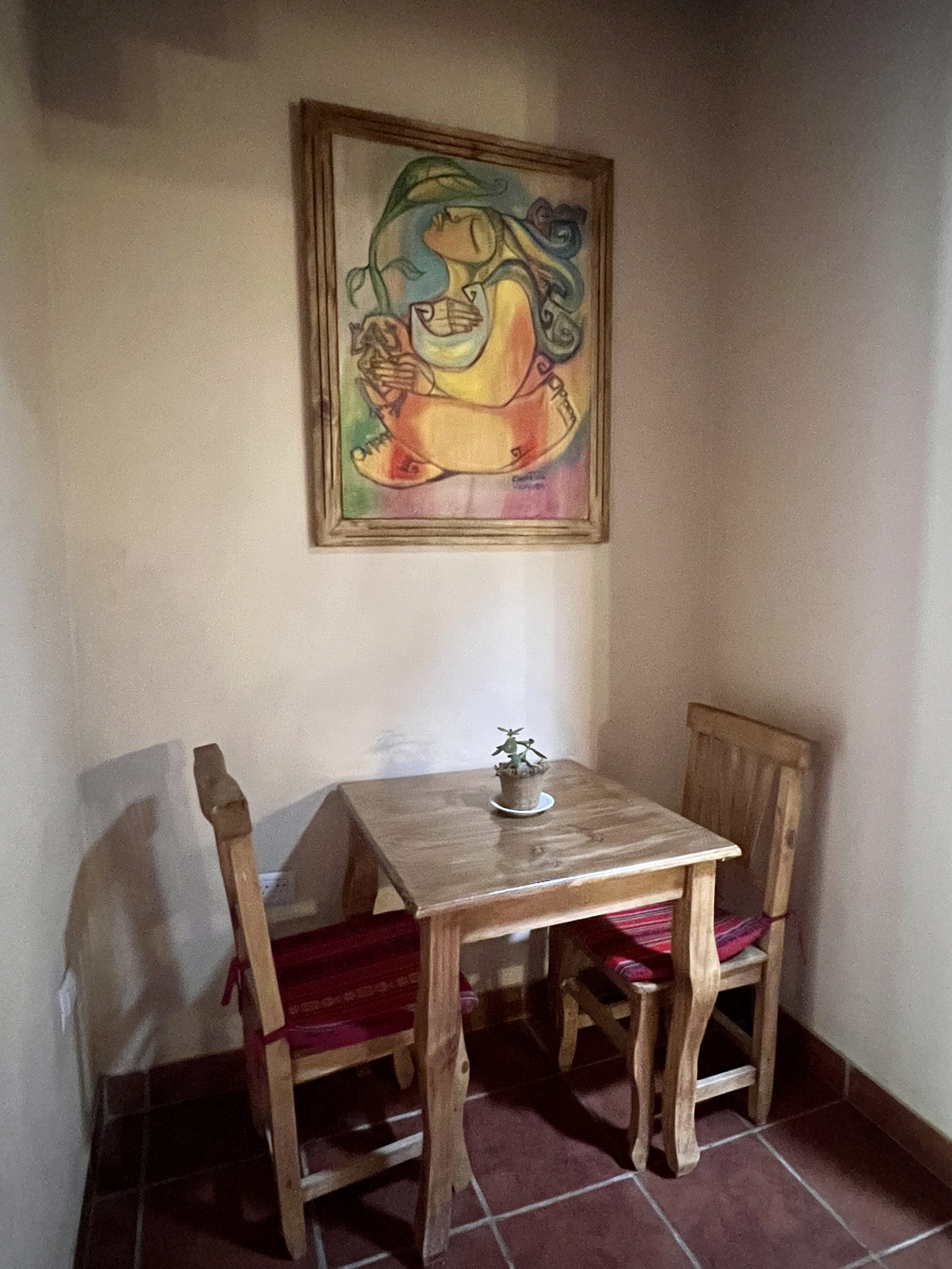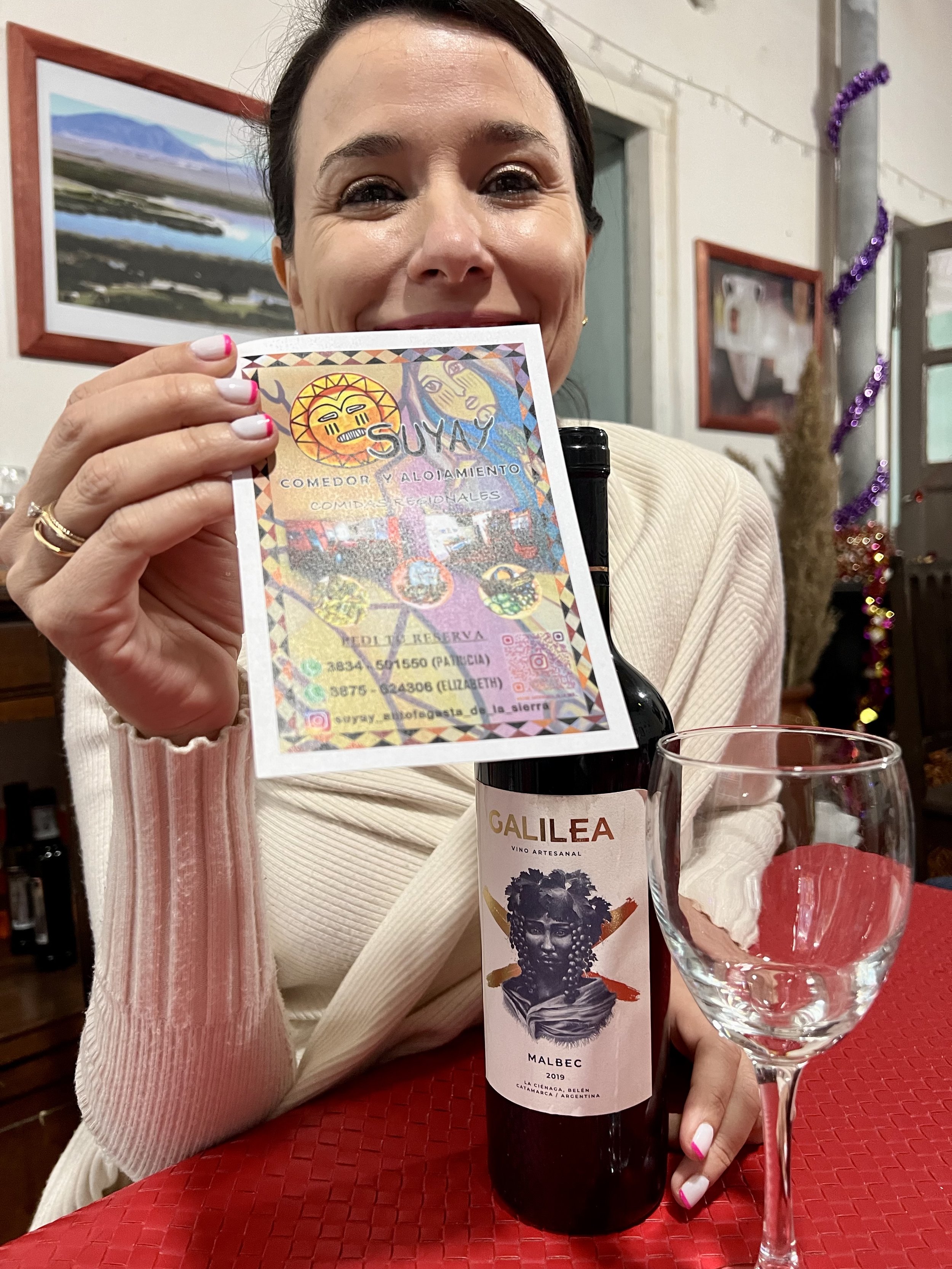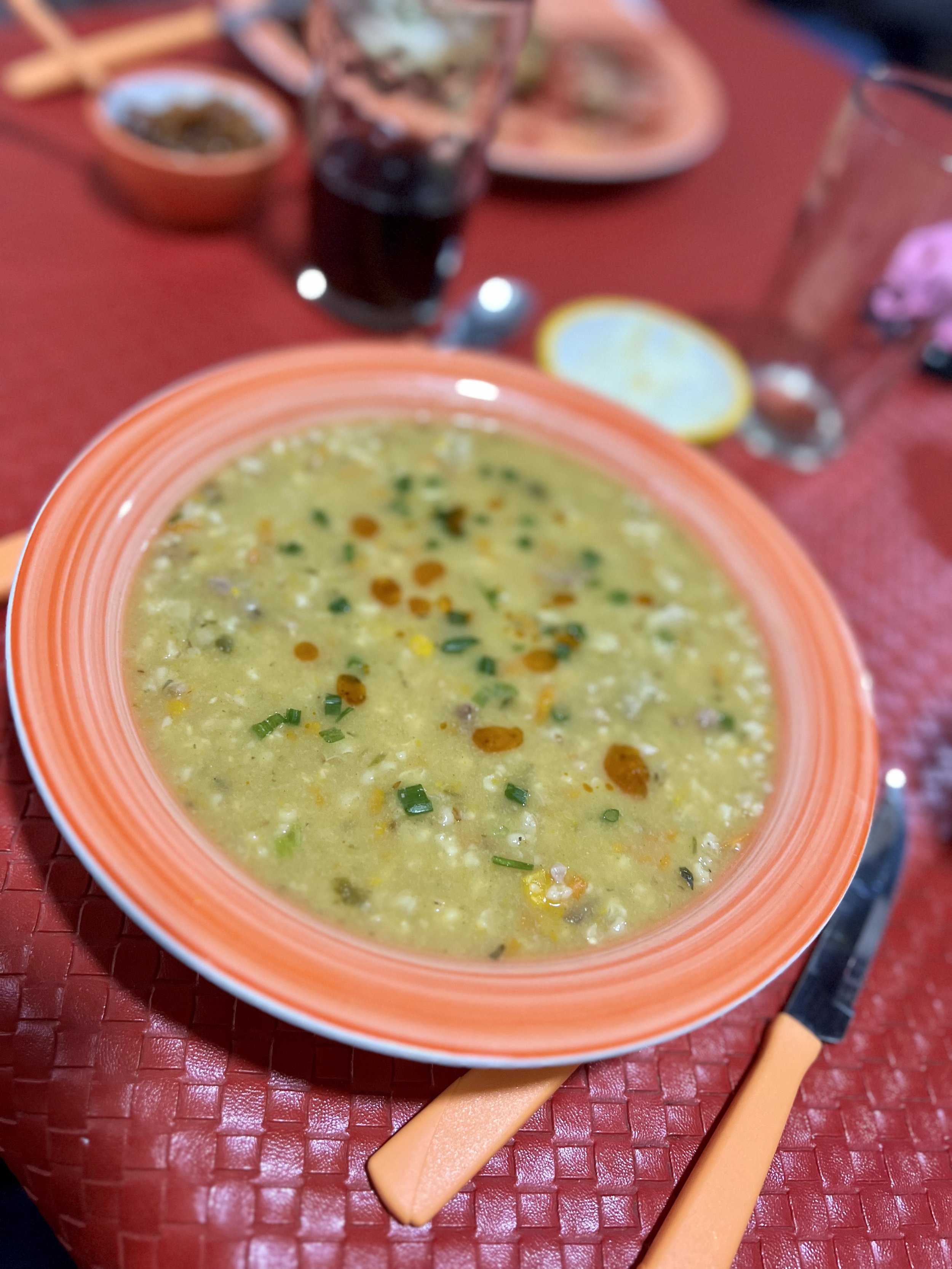Dead Man's Salt Flat and Incahuasi Mine
A trip with history We left early from Antofagasta de la Sierra towards Salar del Hombre Muerto with Juan Carlos Vázquez, the baqueano from Catamarca who guided us during the whole trip.
The fauna was visible from the very beginning, when two agile suris that were sunbathing were surprised by our presence and started to run along with the 4x4, of course with an impressive speed.
At the Peña Colorada, an isolated adobe house was an unlikely sight. We were already on Provincial Route 43, where only trucks and mining vehicles circulate. A recommendation: on these gravel roads it is preferable to move to the side and let them pass because they can lift stones and break the windshield. In fact, it is better to lose half a minute and give them priority.
The first stop was at the Punilla River, a small watercourse, a trickle that runs through the green meadow. There, Juan Carlos told us that the locals fish for exquisite trout.
Then the ascent began. In Paicuqui we started to get into the hills, but not before taking a picture of its viewpoint at 3700 meters above sea level.
On the way, we were amazed by the slopes, full of irus or tolillas and eroded rock formations, volcanic ashes of Galán.
At 4,000 meters above sea level the vicuñas have already appeared, this is their ideal habitat. The Punilla River attracts them because they drink its fresh water.
We continued towards the Punta Negra River from where we could contemplate the Galán in all its splendor and to the south the beautifully snowy mountains of Laguna Blanca.
To our left, we saw the eastern flank of the Calalaste mountain range, which we had visited some time before on our first trip to the north of Catamarca.
Already by 4400 meters above sea level all vegetation disappears, actually only survives an imperceptible grass that grows with the first rains, it is the favorite food of the vicuñas.
We were also shocked to see old passes, tracks, where up to a century ago the mules carriers used to take mules to San Carlos and the Calchaquíes Valleys.
Everything was aridity and loneliness, typical Puna high altitude undulating landscape.
It was then that Juan Carlos took another light trail to enter the Laguna de Caro. After passing more abandoned houses of local farmers, we descended to the salt flat between black volcanic ash rock, similar to that of the Carachi Volcano. There were donkeys, vicuñas, suris, flamingos, parinas and many other birds. We tried to be cautious and quiet so as not to disturb them, but they took off. There Juan Carlos explained to us that very few people come to that lagoon and that is why the fauna was not used to our presence.
We continued on our way, crossing a huge yellow field stained by the golden pastures mixed with the black of the stones, towards the Salar del Hombre Muerto (Dead Man's Salt Flat).
Its name, according to tradition, is due to the death of a German who died there while crossing the puna. He had lost his ship in Buenos Aires and arrived to the North to return on board when he reached the port of Antofagasta, in Chile. A white wind storm cut short his dreams forever.
Before arriving, we visited the ruins of the Incahuasi Mine (Mina Incahuasi). It is a pre-Hispanic gold mine, with tunnels and even a building of its first camp that looks like an oratory. It is the chapel of the Virgin of Loreto that functioned until about sixty years ago, when the mine was abandoned. The image of the virgin was transferred to the village and today it is in the church in front of the town.
The slabs form skeletons of the old structure.
Then, with great skill, Juan Carlos descended to the salt flat through a rocky and steep furrow that, we must admit, took our breath away.
Abandoned stone structures are moving. They induce you to understand the difficulty of life in that desolate and crude corner, which was even more accentuated after passing by the side of the centennial cemetery, where a score of tombs resist oblivion with their rusty crosses.
After the visit, we went out to what used to be the school La Aguadita, where today there is a kiosk, Liliana Castillo's stall. It is the post that supplies the miners who pass through the area.
There we find a suri with her small cubs.
Next, we pass by the Fénix camp, whose exploitation is in charge of Liven, the mining company that exploits lithium, to approach the salt lake. Its color is amazing, a turquoise green, super intense. As we advanced, we bordered the pipes in which the lithium brine is transported.
In the distance, on the Calchaquí peaks, lightning was striking furiously, completing the incredible scenery. The vicuñas and donkeys there, super accustomed to the presence of man due to the mining activity, were confident and peaceful.
The lagoon is nourished by the waters of the Los Patos River that flows into it, which is why the mining activity is so intense, as there is permanent water.
On the way back, the rain had already approached, but we still made the stop at the viewpoint of Punta Negra Canyon to be enchanted with its panoramic view, as well as that of the top of the Nevada del Cerro Beltran, after crossing the downpour with strong wind that gave another form of wild beauty to the tour.
Arriving in Antofagasta de la Sierra, before resting in our comfortable Pueblo del Sol lodging, we were delighted with the proposal of Comedor Suyay (hope in Quechua) of Patricia and Elizabeth, from Tucumán and Salta, who decided to offer tourists regional and vegan food options.
That night we got ready for the next day's tour to the majestic Galán Volcano and the impressive Laguna Grande with its countless flamingos.

